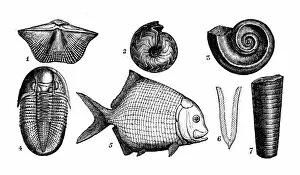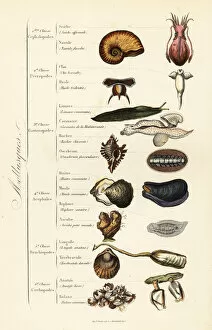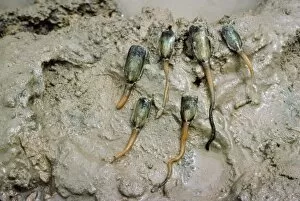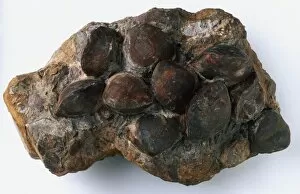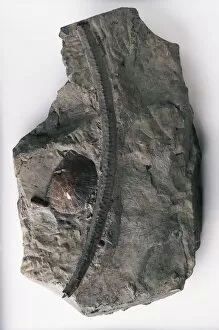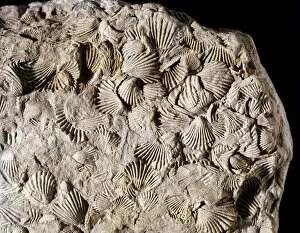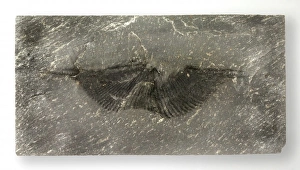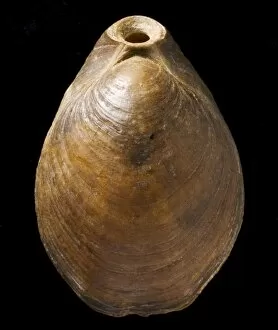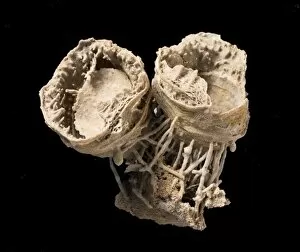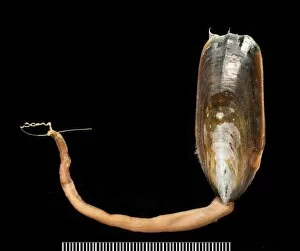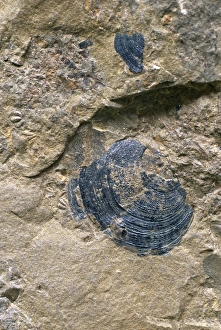Brachiopod Collection
"Exploring the Ancient Seas: Unveiling the Enigmatic Brachiopod" Step into a world lost in time, where ancient seas teemed with fascinating creatures
All Professionally Made to Order for Quick Shipping
"Exploring the Ancient Seas: Unveiling the Enigmatic Brachiopod" Step into a world lost in time, where ancient seas teemed with fascinating creatures. Among them, brachiopods like Cyclothyris difformis thrived in moderate to high energy environments, leaving behind their intricate shells as a testament to their existence. This antique engraving illustration showcases Paleozoic fossils, reminding us of the rich history these organisms hold. Brachiopods belong to the diverse orders of Molluscs and Lingula sp. , a remarkable species within this group. The fossilized remains of Mucrospirifer reveal yet another captivating brachiopod variety that once roamed our planet's oceans. While mammals like Macaca have taken center stage in recent times, it is essential not to overlook the significance of brachiopods such as Meristina obtusa. These shallow-water dwellers formed clusters of delicate shells that painted an enchanting picture beneath the waves. Actinoconchus paradoxus presents an intriguing case among brachiopods as its shell shape often mirrors its attachment surface on hard substrates. Derbyia grandis stands out for being free-living and possessing a distinctive pedicle valve shell structure. Delving deeper into their anatomy, Strophomena grandis reveals its beautifully preserved interior within the brachial valve shell—a glimpse into how these creatures may have appeared when they were freely suspended in water. The Cancellothyris platysBrunton & Hillier offers us insight into lamp shells—an exquisite example showcasing nature's ability to preserve even the most delicate structures over millions of years. Finally, Spiriferina's stunningly detailed brachial valve grants us a closer look at one particular species' unique characteristics. As we continue exploring Earth's geological past through these mesmerizing fossils, each discovery brings us closer to unraveling the mysteries surrounding these enigmatic brachiopods.


